
Blue light pollution is a bit of a skincare buzzword at the moment. Maybe you’ve heard of it, maybe you haven’t. Like everything in life, it turns out we can’t have any nice things.
Blue light pollution is basically the effect of screens on your skin. Sound insane? I thought so too. Until I spoke to dermatologist Dr Shyamalar Gunatheesan.
1. What Is Blue Light?
Basically, blue light is good, actually. We get it naturally from the early morning sun and it helps to regulate our circadian rhythm and sleep cycle. Getting your fill of morning sun helps you to have a balanced mood, feel alert and all that good stuff.
But then there is synthetic blue light, which is emitted by things like computer screens, your phone, and so on. Stuff that’s up in your face most of the day, especially if you work at a computer.
You might already be across how blue light impacts your sleep – if you’re on your phone, watching TV or sitting at the comp right before bed, blue light can disrupt your melatonin production and make for a shitty snooze time.
But blue light pollution is a bit different. It’s about how all this blue light can damage our skin barrier. COOL.
“Blue light exposure on the skin results in oxidative stress and formation of free radicals, impoverishing our skin barrier, contributing to a state of chronic inflammation,” explains Dr Gunatheesan.
It can also penetrate deeply into the dermis thereby denaturing and compromising the skin’s elastin and collagen, presenting as roughness and wrinkling.
Basically, your screens are doing damage to your skin. Everything from premature ageing (those lil’ crows feet you get around your eyes, for example) to hyperpigmentation, to inflammation can be the result of blue light pollution.
The HEV (high energy visible light) in our screens is relatively small. As Dr. Gunatheesan explains, you’re going to cop more skin damage from being outdoors for lengthy periods than you are at your computer. But if you’re working with screens near your face all the time, it’s still something to be mindful of.
2. What Can I Do To Protect My Skin?
Obviously you’re now holding your phone 1.5 metres away from your face and screaming “BUT WHAT DO I DO ABOUT THIS!!” Well, luckily there are some preventative measures.
“It’s key to find a sunscreen that would block the penetration of blue light,” says Dr Gunatheesan.
Not just any sunscreen, either. While Dr Gunatheesan stresses that there is still a lot of research going on in this area, she says ideally you want one that uses iron oxide, zinc oxide and/or titanium dioxide as the active ingredient for sun protection.
It’s also a good idea to incorporate antioxidants into your morning skincare routine.
Ingredients like Vitamin B, C and E as well as red and green tea extracts are great to look for, but in general serums and day creams with antioxidants in them will go far. Just rinse your face in the morning, apply the serum/s and top with the day cream, then always, always sunscreen.
3. Products, Please?
Want some recs? Here are a few of my faves.
Dermalogica
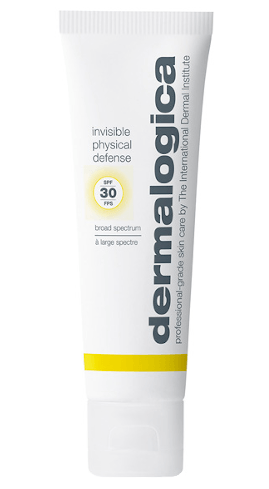
Ultra Violette
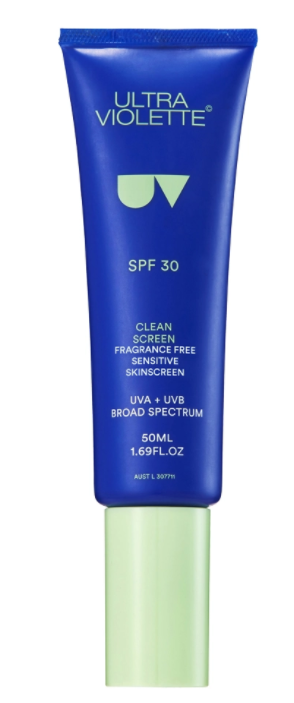
The Ordinary
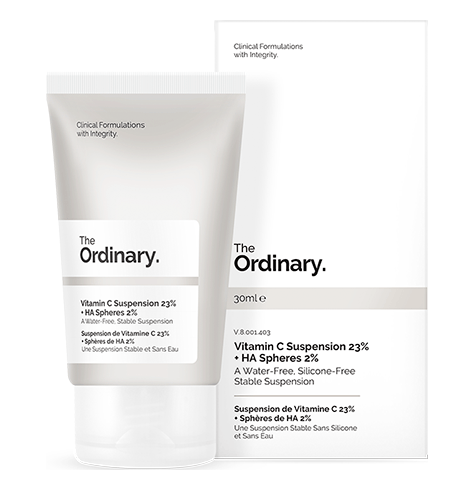
Dr Barbara Sturm
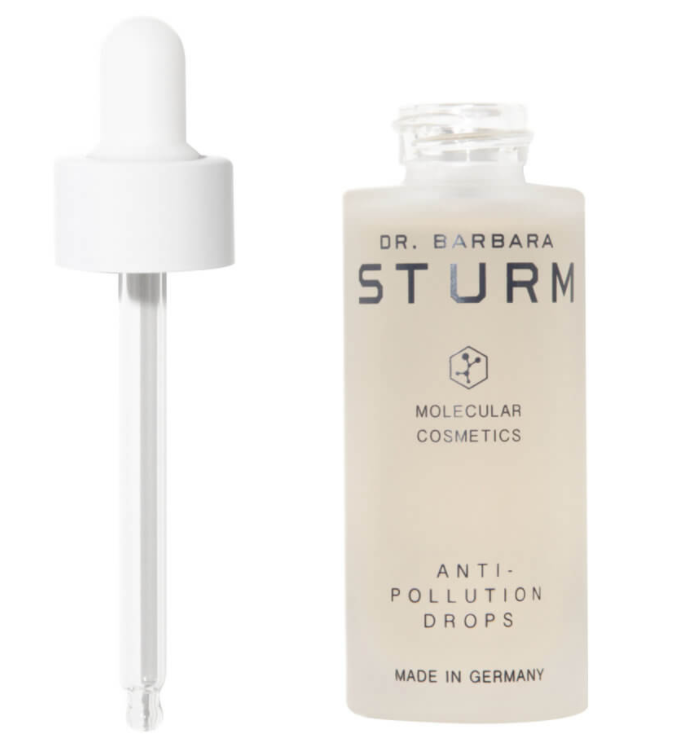
Drunk Elephant

Ole Henriksen
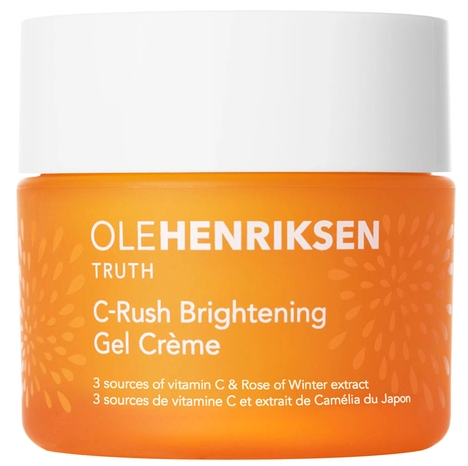
Mario Badescu
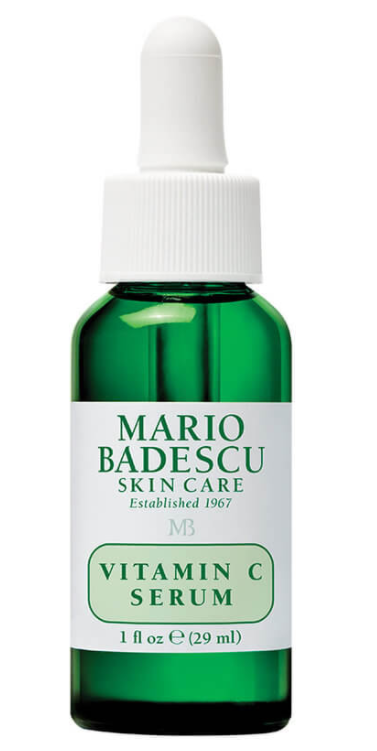
Medik8
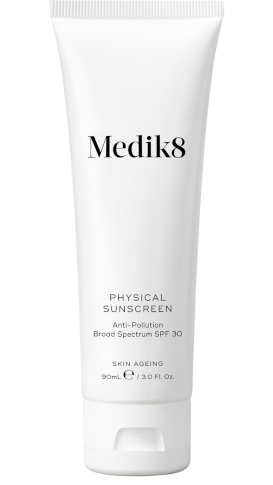
SkinCeuticals
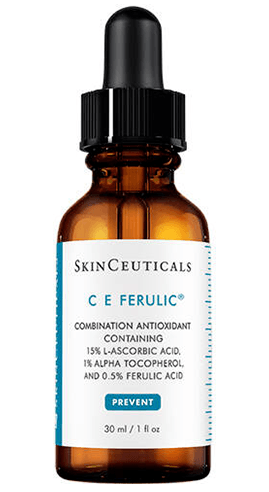
Ella Bache
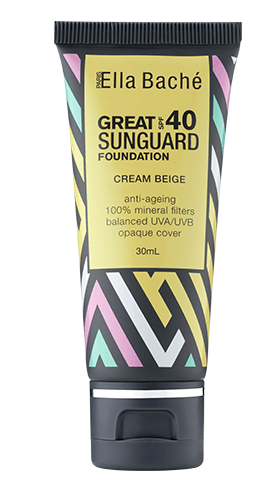
Clinique
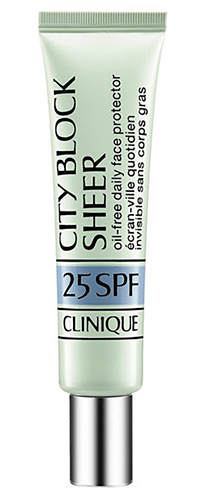
Avene
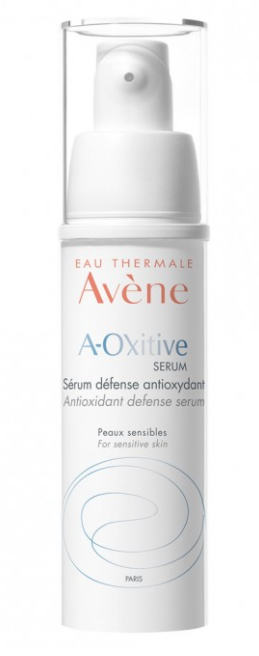
A’kin
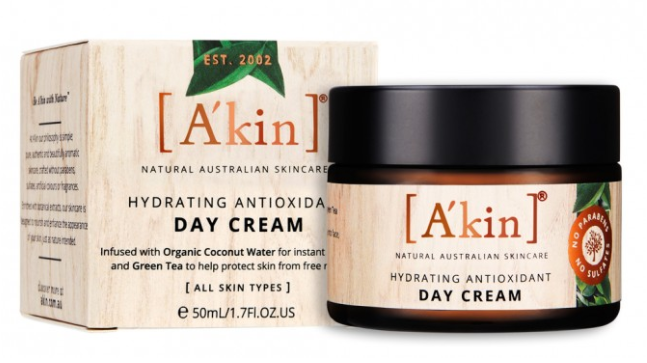
PEDESTRIAN.TV‘s editors independently choose and write about products and other stuff we love and think you’ll froth on, too. We have affiliate partnerships so we might get a cut of the revenue from any purchase you make based on our recs. Happy buying.



